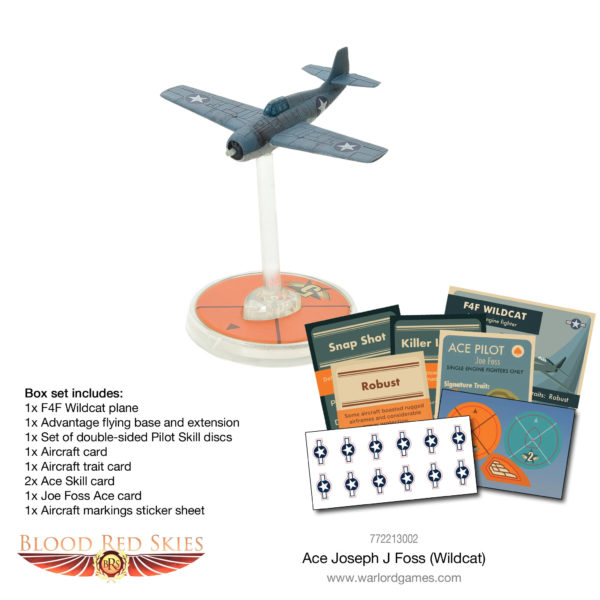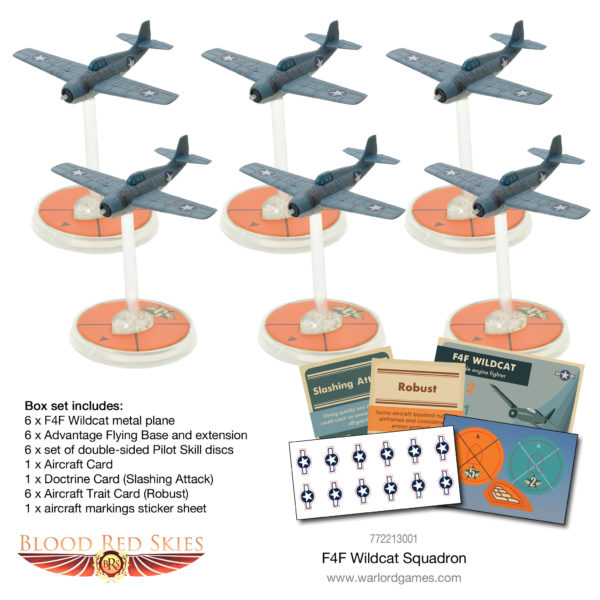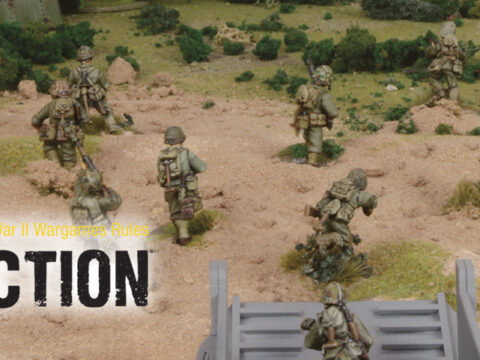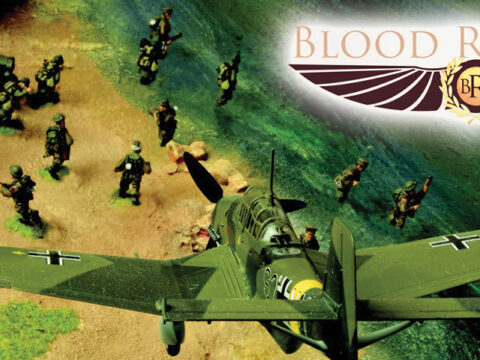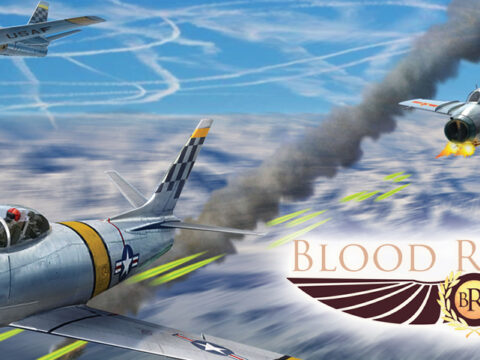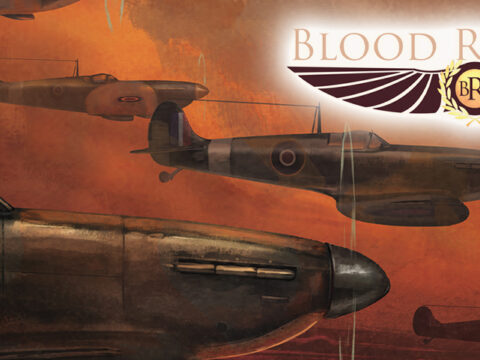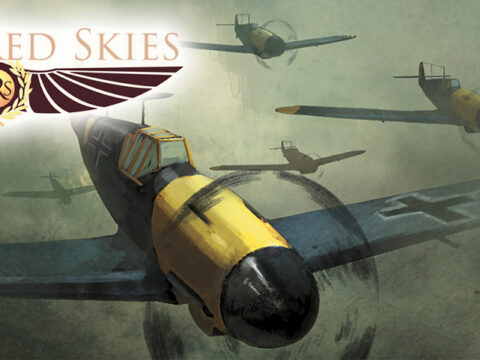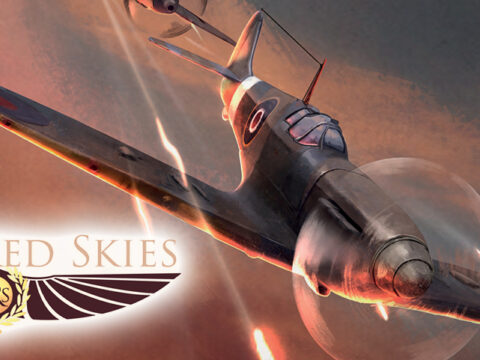The skies over Guadalcanal are swarming with Japanese Zeroes. Diving into this furball is one of America’s top-scoring aces – Joseph J Foss!
An F4F Wildcat skidded across the runway at Henderson Field, riddled with bullet holes. Without flaps or landing gear, carved a gouge in the dirt, careening past a grove of palm trees before coming to a halt, steam belching from its radiator. Despite his unorthodox landing, the pilot – one Joseph J Foss is celebrating his first aerial victory against the Japanese.
The career of the US Marine Corps’ top ace has just begun.
Born into a poor South Dakota farming family, Foss’ obsession with flying began at the age of 12, where min and his father paid $1.50 each to ride in the back of a Ford Trimotor with legendary aviator Clyde Ice. After the death of his father, he worked on the family farm, battling crop blights and dust storms.
Inspired by a display from the Marine Corps’ aerobatics team, Foss was determined to become a fighter pilot, and worked in a service station to pay for flying lessons and college tuition. In 1939, he graduated from the University of South Dakota with a degree in business administration.
While at USD, Foss and a group of likeminded students set up a Civil Aviation flying course – allowing Foss to log a further 100 hours of flight time prior to graduation. He excelled at sports, fighting on the college boxing team, along with other track and field sports. He’d also play as a second-string guard for their football team.
He spent a year as a private in the South Dakota National Guard before hitchhiking across the country to join the Marine Corps as a naval aviator in 1940. The Corps decided that Foss was too old to be a fighter pilot and assigned him to a photo-reconnaissance squadron. Despite this, he secured a transfer to an Aircraft Carrier Training Group by being willing to do all the dirty jobs like sweeping the hanger and burial detail.
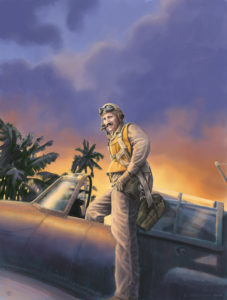 Eventually, Foss managed to wangle access to an F4F Wildcat, logging 150 hours flight time in six weeks – all while he was supposedly off duty. With this experience under his belt, Foss secured a transfer to VMF-121, and in October 1942, he was on his way to Guadalcanal aboard the USS Copahee.
Eventually, Foss managed to wangle access to an F4F Wildcat, logging 150 hours flight time in six weeks – all while he was supposedly off duty. With this experience under his belt, Foss secured a transfer to VMF-121, and in October 1942, he was on his way to Guadalcanal aboard the USS Copahee.
Foss’ arrival at the beleaguered Henderson Field, alongside his flight of eight Wildcats, provided the so-called Cactus Air Force with some much-needed reinforcements. With over 1,400 hours of flight time, his experience was essential to the air group’s continued survival. On October 13th, he shot down his first Zero, but his aircraft was badly mauled in the process.
By the end of October, he was already an ace. His section of Wildcats would go on to rack up 72 kills in the Guadalcanal theatre, of which 26 would be credited to Foss. As America’s ace of aces, he was awarded the Medal of Honour.
In December 1942, Foss caught malaria and was shipped to Sydney for rehabilitation. It was during this period of convalescence that he came into contact with Australian ace Clive “Killer” Caldwell, who was lecturing RAF pilots on air combat tactics.
Malaria would plague Foss for the rest of his career, eventually leading to his transfer stateside while he was flying F4U Corsairs as the leader of VMF-115. In August 1945, he was released from active duty as one of the Marine Corps’ top scoring aces, second only to Gregory “Pappy” Boyington’s score of 28.

